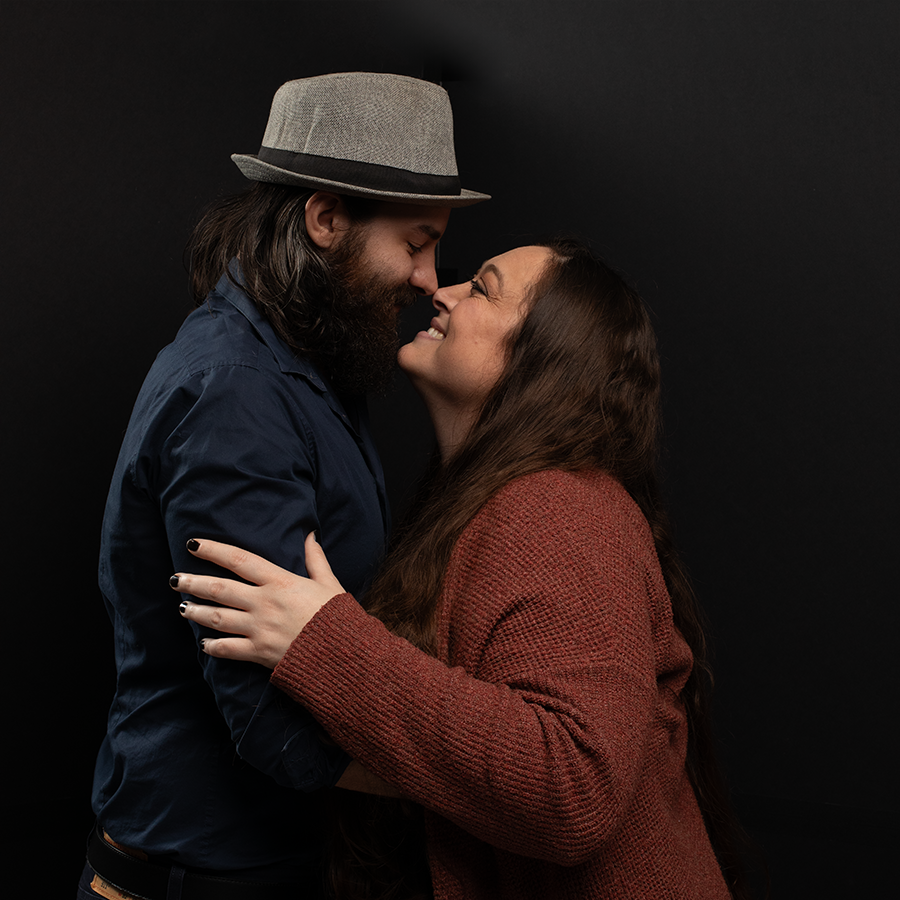Early Connections, Lifelong Impact: Learning from Childhood Lessons
We can’t blame our parents for all our issues, but the foundation for relationship skills in adulthood does develop when we are young.
Psychoanalyst John Bowlby believed that attachment styles formed in early childhood influence our behavior and mental health as adults. Bowlby’s research was conducted in the 1950s, but mental health experts still widely use his theory on attachment patterns.
“Bowlby’s theory remains a foundational concept in psychology, especially in developmental and clinical settings. Over the decades, there have been refinements and extensions to his work, but the core principles remain widely respected,” says W. Steven Saunders, Psy.D., a licensed psychologist at Central Florida Psychology in Clermont.
Research revealed four basic categories of how infants reacted when separated from their parents and how these behavior patterns translate to adult relationship skills.
Four Attachment Styles
Where do you fit in?
Secure attachment
50-60%Secure attachment
50-60%
Anxious-Resistant attachment
20%Anxious-Resistant attachment
20%
Anxious-Avoidant attachment
20%Anxious-Avoidant attachment
20%
Disorganized-Disoriented attachment:
5-10%Disorganized-Disoriented attachment:
5-10%
Many factors can directly affect the style of attachment a child forms early in life. Key factors include:
“Basically, if a child feels consistently safe, seen and soothed, they’re more likely to develop a secure attachment,” Dr. Saunders says.
We’ve all heard the stories of children raised in unstable homes who rise above the odds to become secure, successful adults despite their early years.
Even if the emotional environment at home isn’t healthy, other adults in a child’s life can provide a healthy emotional influence.
“Grandparents, teachers, coaches and other caregivers or mentors can play significant roles,” says Dr. Saunders. “Any adult who has regular and significant interaction with a child can influence their attachment style and relationship skills.”
Changing the game
When we don’t start out with a secure attachment style, as adults, we can change the way we relate and form healthier relationships.
“Self-awareness is key. Understanding your attachment style can lead to recognizing patterns in relationships. From there, therapy or counseling can offer tools to build healthier relationship habits,” Dr. Saunders says. “Also, choosing partners or friends who have a secure attachment style can promote personal growth in this area.”
Don’t fall for the excuse, “that’s just how I am.”
“While our past shapes us, it doesn’t define us,” Dr. Saunders says. “With insight and effort, change is within reach. Don’t limit yourself to past patterns.”
“Unlike height or eye color, attachment styles are not set in stone,” the doctor adds. “While our early experiences lay a foundation, with effort and often with professional guidance, we can shift towards a more secure attachment style. It might require work, but change is definitely possible.”
Digging deep
Research into attachment styles has been underway for decades but the topic is hardly common knowledge.
“I had no idea there was such a thing as attachment styles,” says Style photographer Nicole Hamel, 39.
After coming out of an unhealthy 12-year marriage, she experienced relationships that were emotional roller coasters.
During the pandemic lockdown, Nicole began researching why.
She learned about attachment styles by reading “Attached: The New Science of Adult Attachment and How It Can Help You Find – and Keep – Love” by Amir Levine and Rachel Heller.
“Everything made perfect sense,” Nicole says. “I realized I had an anxious attachment and seemed attracted to people with an avoidant attachment style.”
Her parents divorced when she was 6 and both parents remarried. Her stepfather molested her when she was 9, and then threatened her to not tell anyone or something bad would happen to her family. She was too afraid to tell her mother or father for two years. He was later charged with a simple assault charge and a restraining order was in place.
“They didn’t get me counseling because they thought if we didn’t talk about it, I’d forget about it,” she recalls, noting that this deeply impacted her life. “Back then, no one really talked about feelings, and I was too uncomfortable to do so.”
In January of 2022, Nicole met someone completely different from anyone she’d dated before. Over the course of a year, he proved that his words matched his actions.
Nicole started counseling in July 2023. Therapy, along with her earlier research, has been a game changer.
“I got it wrong for so many years, this time I want to do it right,” says Nicole, who is relieved to have left the emotional rollercoaster behind. “I decided to take the next step by going to counseling and finally starting to work through my own childhood traumas and continue to heal myself so that I am more present in my healthy secure relationship.”
Getting Help
If you find yourself repeating old mistakes and past patterns, it may be time to seek professional help.
“If these feelings become overwhelming or persistent, professional intervention can be very beneficial,” Dr. Saunders says. “When attachment-related issues start impacting daily life, relationships or mental well-being, it’s time to consider seeking help.”
Photos by: Nicole Hamel

